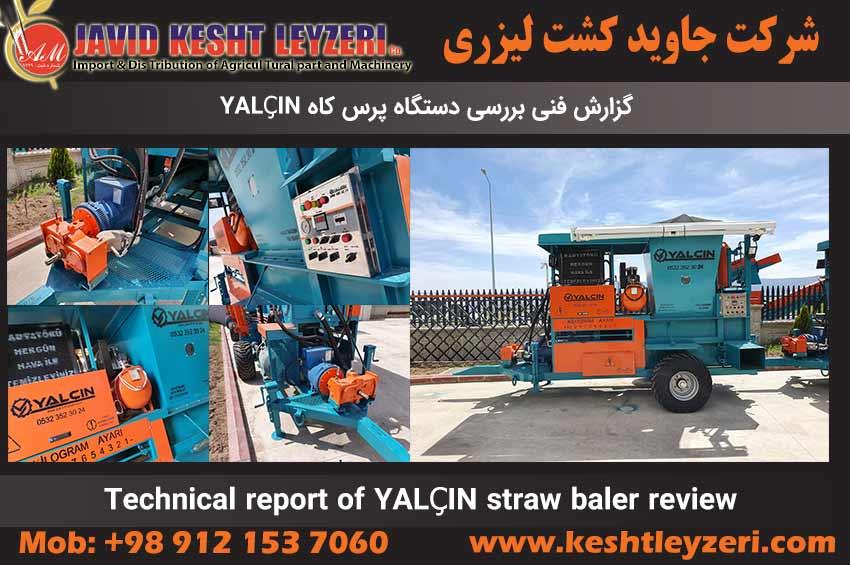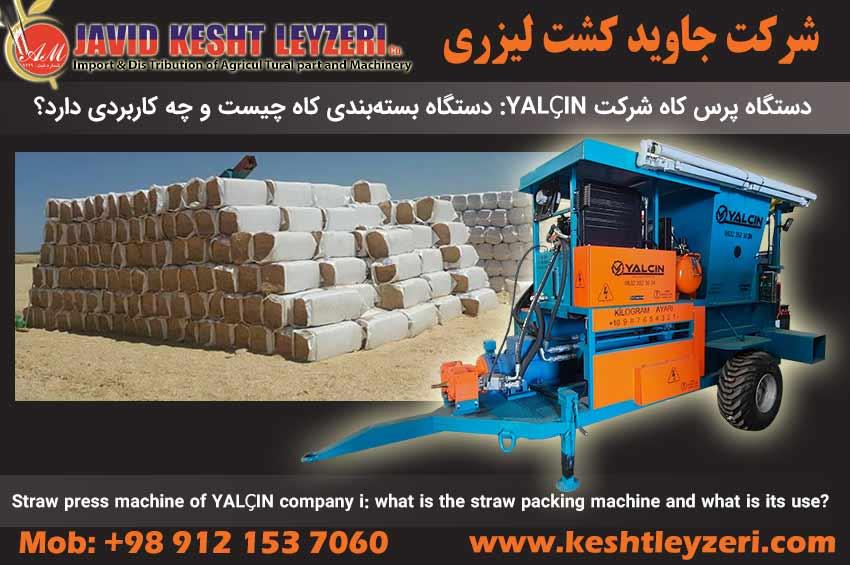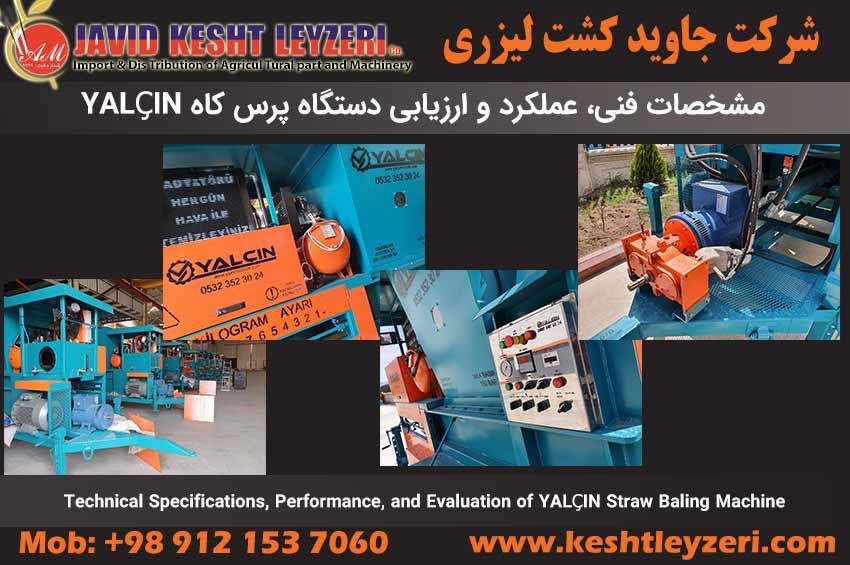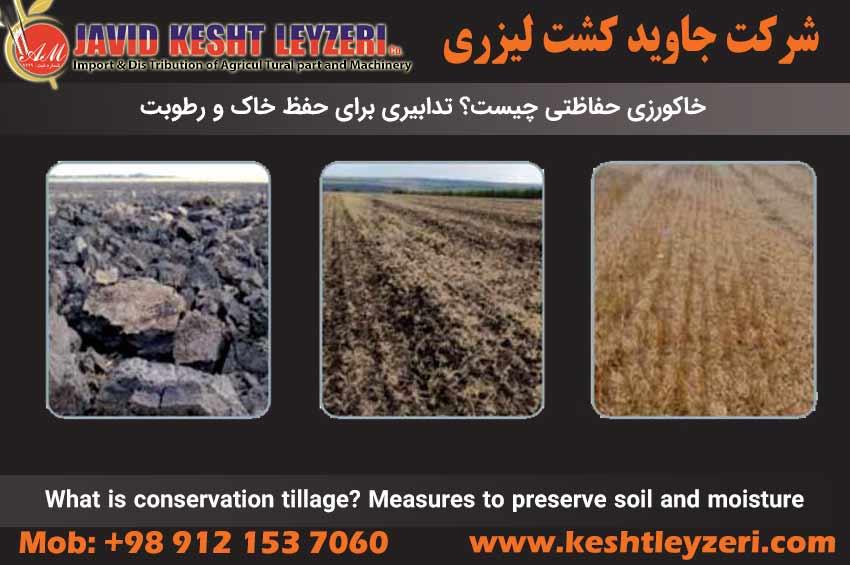
What is conservation tillage? Measures to preserve soil and moisture
javid keshtleyzeri Co.ltd
Contents list:
What is conservation tillage?
What is the importance of conservation tillage?
What are the techniques and objectives of conservation agriculture?
What are the goals of conservation agriculture?
What are the practical requirements in applying and implementing conservation tillage?
In the following, the above contents are stated.
What is conservation tillage?
Conservation tillage is a method that helps to protect the soil against erosion by preserving plant residues after harvesting. In this method, by reducing the fence of machinery and tools, and removing intensive tillage operations such as turning the surface layer of the soil, great importance is given to maintaining the natural structure of the soil.
What is the importance of conservation tillage?
Considering the low rainfall conditions in our country and the importance of maintaining soil moisture, conservation tillage is very important, especially during periods of drought. It is necessary to choose tillage methods that preserve the maximum amount of plant residues on the soil surface in order to preserve soil moisture and protect our country's environment from the unfavorable effects of climatic conditions.
Types of soil cultivation methods
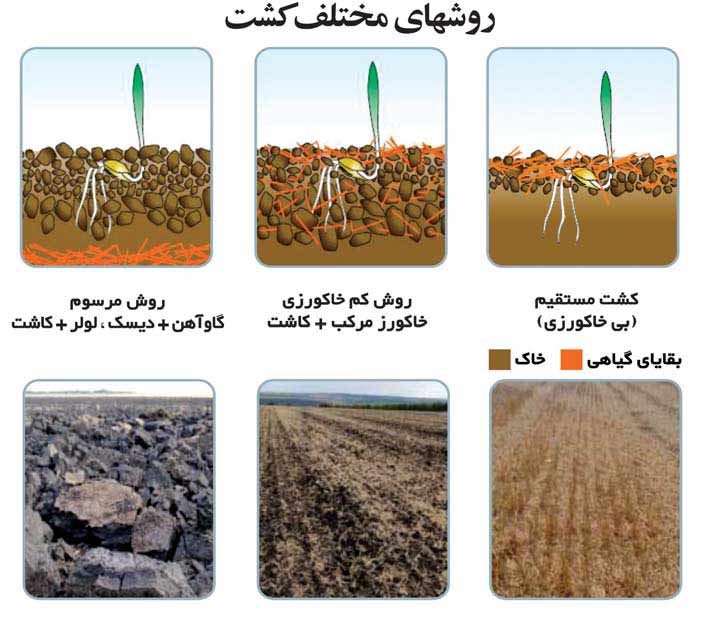
The reduction of organic matter in agricultural soils, the increase in excessive consumption of pesticides and chemical fertilizers, air pollution during harvest seasons and the burning of straw and stubble in fields are all issues that feel the need for new solutions in agriculture. Currently, conservation tillage has been proposed as one of the advanced agricultural solutions in the world.
Conservation tillage is not a new system, but a comprehensive system. In this approach, at least 30% of the soil surface is covered by the residues of the previous crop after plowing and sowing the crop. The main goal of conservation tillage is to increase productivity and curb or even reverse the process of soil erosion in the world, with the aim of improving the sustainability of natural resources including land, water, and air, increasing the quantity and quality of products, reducing production costs and improving the living conditions of farmers. and their families.
What are the techniques and objectives of conservation agriculture?
Conservation agriculture includes techniques such as keeping plant residues on the soil surface, crop rotation, using green manures, reducing the traffic of agricultural tools and machinery, using beds with wide stacks, managing nutrition and fertility, and using appropriate tools. This approach aims to preserve the main resources and ensure sustainable production, meeting the goals of conservation agriculture.
What are the goals of conservation agriculture?
Preservation of basic resources and sustainable production: Preservation of basic resources and ensuring sustainable production are among the main goals of conservation tillage.
Reducing the effects of compaction on compacted soils: conservation tillage helps to improve the soil structure and increase productivity by reducing the compaction of compacted soils and controlling the effects of compaction on the soil.
Saving labor time and fuel: reducing agricultural operations with conservation tillage leads to saving labor time and fuel.
Reducing water runoff and preventing water and wind erosion: using conservation tillage as a low irrigation method prevents water and wind erosion and creates a better management of water resources.
Increasing water retention and infiltration capacity in the soil: Keeping plant residues on the soil surface increases the water retention and infiltration capacity in the soil.
Reduction of non-useful evaporation: Preserving plant residues instead of burning them reduces non-useful evaporation and preserves soil moisture.
Preservation of organic matter in the soil and the possibility of increasing it: conservation tillage helps to preserve organic matter in the soil and provides the possibility of increasing these matters.
Soil fertility management: Soil fertility management using conservation tillage helps to improve the quality of soil physical and chemical characteristics.
Controlling weeds and stabilizing plant residues in the soil: conservation tillage helps to control weeds and stabilize plant residues in the soil and optimizes the environment.
What are the practical requirements in using and implementing conservation tillage?
Observance of appropriate plant rotation.
Attention to soil and product conditions.
Correct management of plant residues.
Proper management of pests and plant diseases.
Choosing the right tools and other tools needed to implement conservation tillage.
Proper management of fertilizer consumption and spraying.
Selection of suitable seed varieties with new tillage method.
Correct irrigation management.
Weed control operations.
Compliance with other matters related to the correct management of agricultural products.




